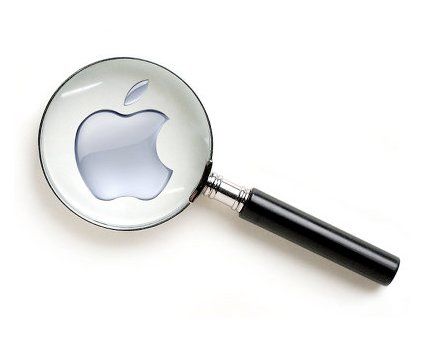The majority of people who upgraded to OS X 10.9.3 yesterday noticed what seemed to be a strange glitch, in the form of their /Users and /Users/Shared folders disappearing. In fact, the fault doesn’t have to do with 10.9.3 at all, but rather occurs if you’ve updated to iTunes 11.2 and also have Find My Mac enabled.
Fortunately, there’s a workaround.
Launch Terminal (/Applications/Utilities), enter sudo chflags nohidden /Users, and then hit the Return key. Once this is done, you’ll be asked to enter your user password. Do this, hit Return again, and the Users folder will be visible again.
Unfortunately it’s a temporary solution, since the folders will disappear again when you reboot.
If you want both a visible Users folder and also an enabled Find My Mac (you greedy person!), here’s an additional fix. You’ll need to launch AppleScript Editor (/Applications/Utilities) and then enter the following:
tell application "Terminal" do shell script "chflags nohidden /Users" password "yourpassword" with administrator privileges end tell
Type your administrator’s password in place of “yourpassword,” then save the AppleScript as an application. Next launch System Preferences, select Users & Groups, click the Login Items tab, hit the plus (+) button that appears at the bottom of it, navigate to your saved AppleScript application, and then click Add. When you restart your Mac, it will run the script when the Mac logs in, thereby making the Users folder visible on Macs suffering from the problem.
However you slice it, hopefully Apple sorts this problem out soon.
Source: Macworld


